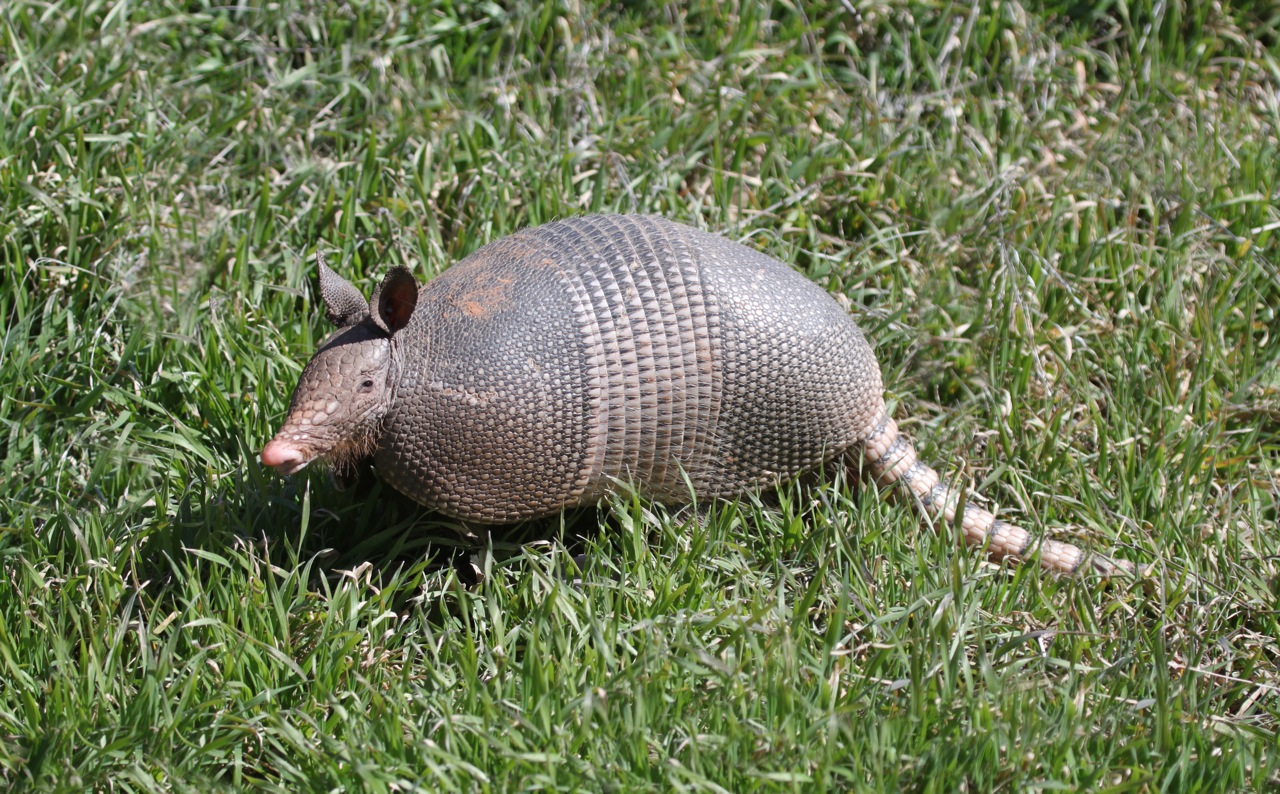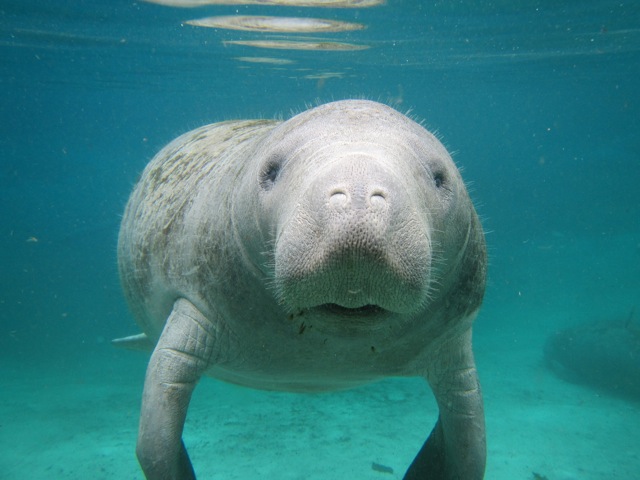Articles » Biology
Creation Weekend 2015
October 23 & 24, 2015
It is not very often that an Edmonton audience has the opportunity to hear a world class expert tie together medical research, technology and Christian faith. Read the rest of this entry »
Review of Evolution’s Achilles’ Heels (book)
Like Alice of Wonderland fame (in Through the Looking Glass), who found that she had to run extremely fast just to stay in the same place, so also it is hard to maintain an up-to-date understanding in science. The scientific journals constantly churn out new articles with new information and arguments. Keeping up to date is hard work! But it is extremely helpful to have an understanding of current issues in science and their significance. This makes the new book Evolution’s Achilles’ Heels (Robert Carter, Editor) and its companion DVD of the same title, extremely relevant. Read the rest of this entry »
Armadillos (Spanish for little armoured one) are New World nocturnal mammals covered by a leathery armour shell overlaid by horn. Of all living animals, “few are as amazing … as the armadillos” (Storrs, 1982). Even Carolus Linnaeus, the father of taxonomy, was puzzled about how to classify this “strange-looking mammal” (Smith and Doughty, 1984, p. 2). They are shy, timid mammals that mammalogist David Lamp calls bizarre (1977, p. 36). They look nothing like any other living animal, appearing much more like a fierce miniature dinosaur. These nearly blind and deaf animals must use their keen sense of smell to locate food. Read the rest of this entry »
During the 1960s and 1970s, improved strains of wheat and rice resulted in a doubling of crop yields. Despite predictions of disaster from some environmentalists, the world continued to feed quickly growing human populations. This green revolution, kick-started by the research of American plant scientist Norman Borlaug and Indian rice geneticist M. S. Swaminathan, provided much higher yielding crops. However for optimum growth, these crops require the widespread application of nitrogen fertilizers and other chemicals. As a byproduct of this practice, a significant amount of fertilizer ends up in natural waterways. As a result, scientists now consider the application of such chemicals as “so last century!” (Nature October 30, 2014 p. S52). The hunt is now on for crops that do not require chemical inputs and yet produce high yields. Read the rest of this entry »
Manatees (family Trichechidae, genus Trichechus), often called sea cows, are large, fully aquatic, mostly herbivorous marine mammals. Three living species exist, the Amazonian, West Indian, and the West African manatee. These are huge animals weighing from 400 to 550 kilograms (880 to 1,210 lb), and 2.8 to 3.0 metres (9.2 to 9.8 ft) long. The females tend to be both larger and heavier.
In many ways manatees are unique compared to all other life forms, a fact that poses major problems for evolutionists. It is almost like a designer selected their traits from a wide variety of existing life forms, from reptiles to fish to mammals. For example, manatees feed almost entirely on aquatic plants and that is “unique among living marine mammals” (Berta, 2012. Return to the Sea: The Life and Evolutionary Times of Marine Mammals. University of California Press. Berkeley p. 127). Read the rest of this entry »
Book Review of Guide to Animals
The author, Frank Sherwin has organized his introduction to animals in interesting ways. The message is conveyed partly by the text, partly by his organization of topics, but also by the amazing variety of beautiful illustrations. In style, this book closely resembles its sister publication Guide to Creation Basics. Read the rest of this entry »
Imagine that you love solving practical problems like how to build something with straws which will support some weight. No doubt your design will be better than those of your friends and/or siblings!
Well here is a challenge that is fun to think about but difficult to solve. Imagine that you are presented with 600 feet (19000 cm) of shoelace. You are also presented with some small sheets of plastic, each cut into an appropriate shape so that they form a hollow icosahedral container when assembled together. Your assignment is to get the shoe lace into the container! Read the rest of this entry »
In many parts of North American, the most common wild mammals one sees are rodents in the order Rodentia. The largest known modern rodent is the South American semiaquatic capybara, which can grow to be 107 to 134 cm (3.51 to 4.40 ft) long, 50 to 64 cm (20 to 25 in) tall and typically weighs 35 to 66 kg (77 to 150 lb). Rodents are classified in one of the most successful mammalian groups today (Churakov et al. p. 1315). Read the rest of this entry »
Most people have a love-hate relationship with rodents. That is, people love to hate them. This is a pity since rodents exhibit various interesting talents. For a start, when we think of rodents, we think of rats. Rats certainly have a bad reputation because they thrive in so many environments where nobody wants them. Nevertheless rats are smart and individually very clean. Most rats live less than a year in the wild. Mama rats however are definitely overachievers. Read the rest of this entry »
Sometimes scientific studies seem more frivolous than serious work. That does not happen too often, of course since scientific research is expensive. However there was one study published in 2005 that did seem “cute rather than deep” (in the words of psychologist Steven Pinker of Harvard University.) Actually the study was intended to demonstrate serious evolutionary implications. As such it was chosen as the cover story for the December 22/29 December 2005 issue of Nature. Thus the caption on the cover featured the expression: “Fascinating Rhythm: Dancing’s Role in Sexual Selection.” However on November 27/13 Nature withdrew this article from its published collection. Read the rest of this entry »
Dr. Paul Nelson is a prominent spokesperson for the creation and intelligent design communities. It was in that capacity that he introduced enthusiastic participants at the 2013 Creation Weekend in Edmonton, to new arguments and exciting information. Read the rest of this entry »
Illustra Media has produced many excellent DVDs, but the last one Flight: the Genius of Birds is one of their most awesome! It is certainly one that will appeal to entire families. While the previously released Metamorphosis (dealing with butterflies) provides amazing scenes and discussion, Flight not only provides wonderful photography, but also discussion which is easily understood by all. Moreover, even if one could not understand a word of the commentary, the scenes of birds in flight and the graphics still convey a powerful message. Read the rest of this entry »
Camels are one of the most amazing animals known to humans. They are the workhorse of the desert and a gift to generations of people. The Bible mentions camels over 60 times, indicating their central importance in Biblical times. The Bible notes two kinds of camels, the two humped Bactrian camel, and the larger one hump dromedary camel, Camelus dromedarius, family Camelidae. Both kinds now live in the hot dry deserts of the Middle East. Read the rest of this entry »
A tail is a distinct, flexible appendage attached to the torso of the rear section of an animal’s body. It is the body part that corresponds roughly to the coccyx in mammals, reptiles, and birds. Tails are primarily a feature of vertebrates, although some invertebrates, including scorpions and springtails, have tails. Even snails and slugs have tail-like appendages sometimes referred to as tails. Read the rest of this entry »
An interesting new book has appeared which features questions and answers and discussion on design in nature. The author informs us that there are two ways to interpret the amazing details of how creatures survive and reproduce in their environments. Firstly, we can consider if the component parts of the organism, or even a whole organism itself, actually fulfill a purpose. If the characteristics promote the success of the creature, then the answer is yes. Next we can ask ourselves what might be the best explanation for the fit of the creature with its environment. It is the case that people intuitively link such purpose with intelligence planning, declares the author. Thus we can conclude that the creature was designed for its role in nature. Here we see an inescapable example of God`s work of design since design flows from a real designer. Read the rest of this entry »












